- The construction and development of ports in Southeast Asia can significantly improve the region's cargo handling capacity

The Malaysian government has reportedly drawn up short - and long-term strategies aimed at strengthening the competitiveness of the country's major ports, namely Port Klang and Tanjong Palapas. Malaysian Transport Minister Lok Siu-fook said the strategy covers increasing port capacity, improving efficiency and productivity, and transforming to a low-carbon green port.
In recent years, Malaysia has vigorously developed its port economy through a number of initiatives such as port expansion, port digitization and the establishment of free trade zones, and is committed to becoming a logistics hub in Southeast Asia.
We will take multiple measures to enhance port handling capacity
The Nihon Keizai Shimbun recently reported that Westports Holdings Group, the operator of Malaysia's largest port, Port Klang, will invest about $8.3 billion to roughly double Port Klang's container handling capacity from the current 14 million TEU per year to 27 million TEU. There are also plans to expand Tanjong Parapas Port, the second largest cargo port in southern Malaysia.

According to the report, Port Klang is the second largest port in Southeast Asia after the Port of Singapore in terms of container cargo throughput and ranks 13th globally. In addition to the transit of goods from the surrounding areas, Port Klang is also a hub port for the transfer of goods between East Asia, Europe, the Middle East and other regions. With the ongoing expansion of Port Klang, Westports Holdings will increase the number of container terminals used for loading and unloading cargo from the current nine to 17.
In recent years, while actively expanding ports, the Malaysian government has also vigorously promoted the digitization and intelligent construction of ports. According to Malaysian media reports, Malaysia's first artificial intelligence container port will be built at Podeshin Port, the only seaport in Sembilan State. Artificial intelligence technology will be applied to the port's ship entry and exit registration, ship movement scheduling and maritime operation tracking around the port, helping the port's maritime and freight service chain operate efficiently.
In addition, Malaysia's Guaraningyi International Port will also adopt advanced technologies such as green energy, intelligent logistics systems and real-time tracking to optimize operational efficiency.
We will give full play to our strengths and promote overall economic development
According to the World Bank's Global Logistics Performance Index 2023 report, Malaysia has jumped 15 places in the Global Logistics Performance Index 2023 ranking, ranking second among ASEAN countries after Singapore.
Ouyang Hanhua, Chairman of the Malaysian Port Klang Authority, said that Malaysia's import and export trade mainly relies on sea transport. In terms of proportion, in Malaysia's logistics transport, air and land transport account for only 10%, and sea transport accounts for 90%. Developing the port economy and strengthening the development of Malaysia's logistics industry are important measures to promote the overall economic development of Malaysia.

With the deepening of the Belt and Road Initiative, China and Malaysia have deepened port cooperation and further upgraded the level of port infrastructure construction and operation in Malaysia. At present, the Belt and Road cooperation between China and Malaysia has formed a pattern of connecting Malaysia-China Kuantan Industrial Park in the East, Kuantan Port "one park and one port" and Port Klang in the west through the East Coast Railway.
Ji Xianbai analyzed that the Belt and Road Initiative creates opportunities for Malaysia to give full play to its geographical advantages. At the same time, Malaysia's promotion of port development can effectively enhance the country's economic vitality and enable it to play a more important role in connecting the global market.
Sea-rail combined transport, the position of the hub is increasingly convex
In 2023, COSCO Shipping Consolidated (Malaysia) Limited and Malayan Railways signed an agreement to open the cooperation between sea and rail. Lu Zhaofu said that Malaysia has high-quality port resources, and maritime goods can be transported north to Thailand, Laos and China through the railway system after landing, and can reach Europe through the China-Europe freight train. There is huge potential for sea-rail combined transport, and we look forward to further development in this area.
"Thanks to its geographical advantages and the continuous promotion of high-quality Belt and Road cooperation between China and Malaysia, Malaysia's position as a logistics hub in Southeast Asia will be further highlighted." "Said Ji Xianbai.
Ji Xianbai said that it is worth noting that in the future, factors such as global economic uncertainties and geopolitical tensions may bring certain risks to the global logistics and transportation industry, and will also make Malaysia face challenges in the process of building a logistics hub in Southeast Asia. "Next, Malaysia can focus on improving its bargaining power with major international shipping companies and optimizing resource allocation among major domestic ports." "Said Ji Xianbai. Editor/Wang Tian
Comment
 Praise
Praise
 Collect
Collect
 Comment
Comment
 Search
Search


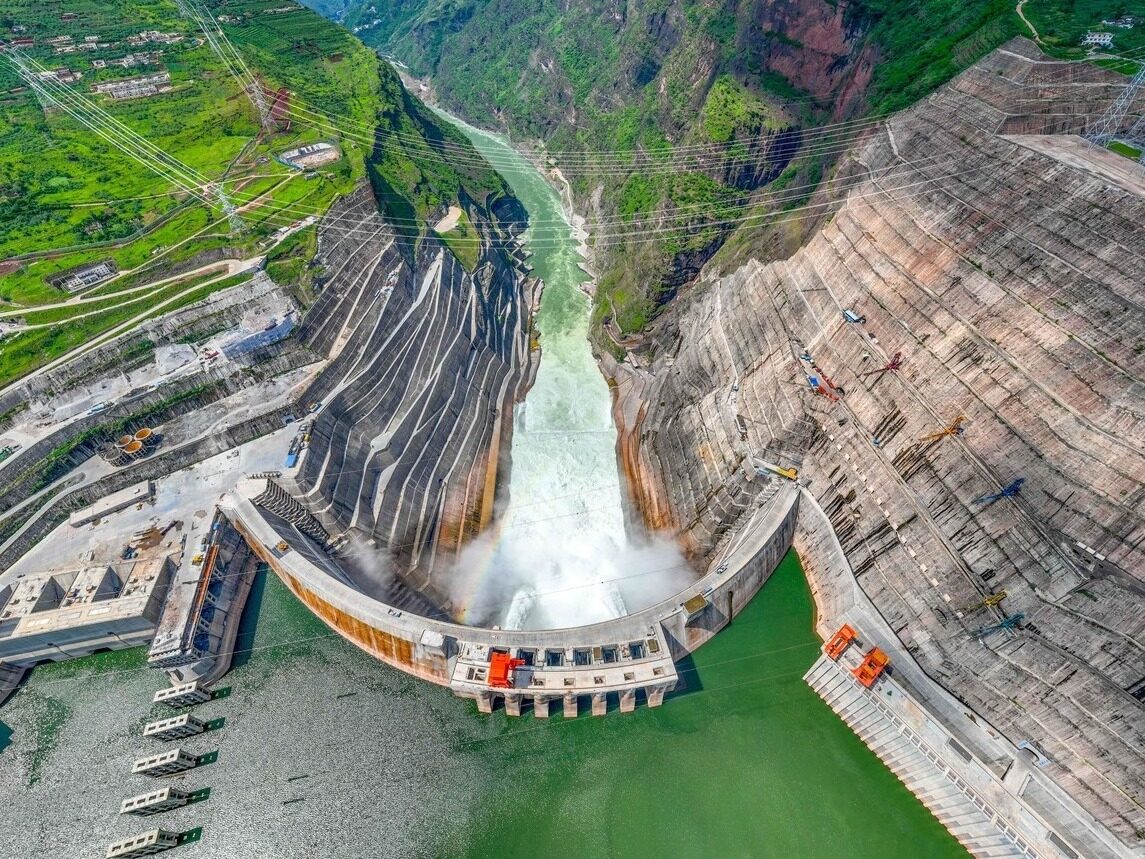
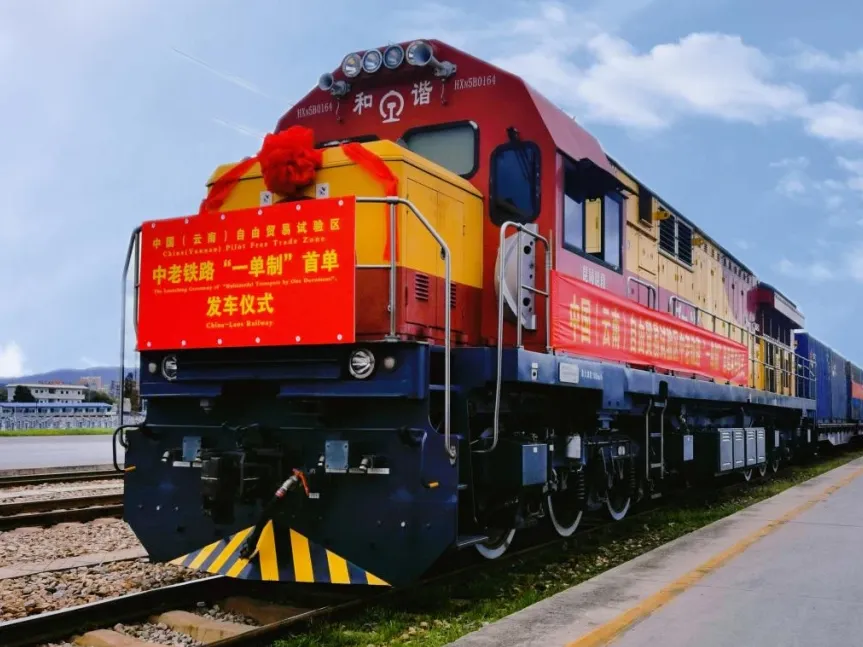
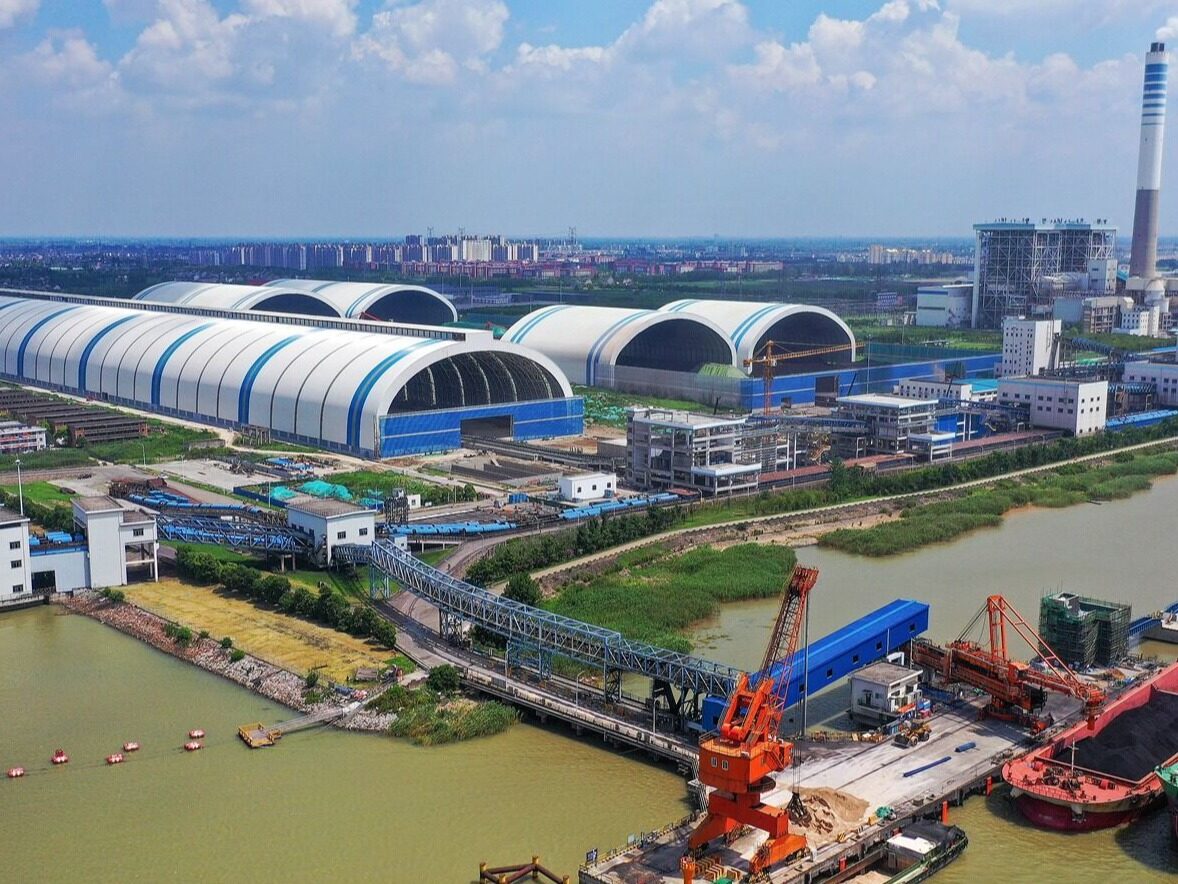
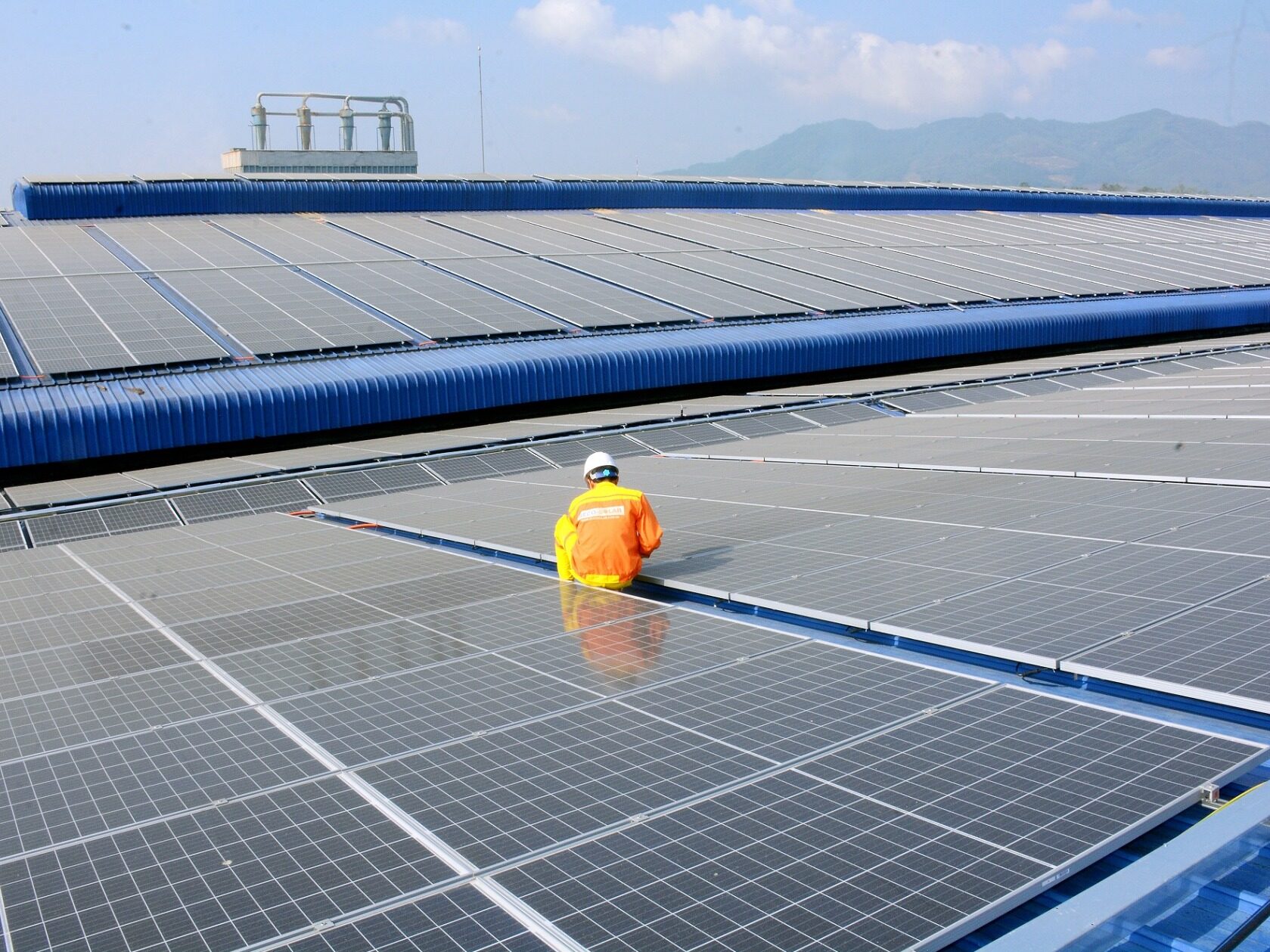
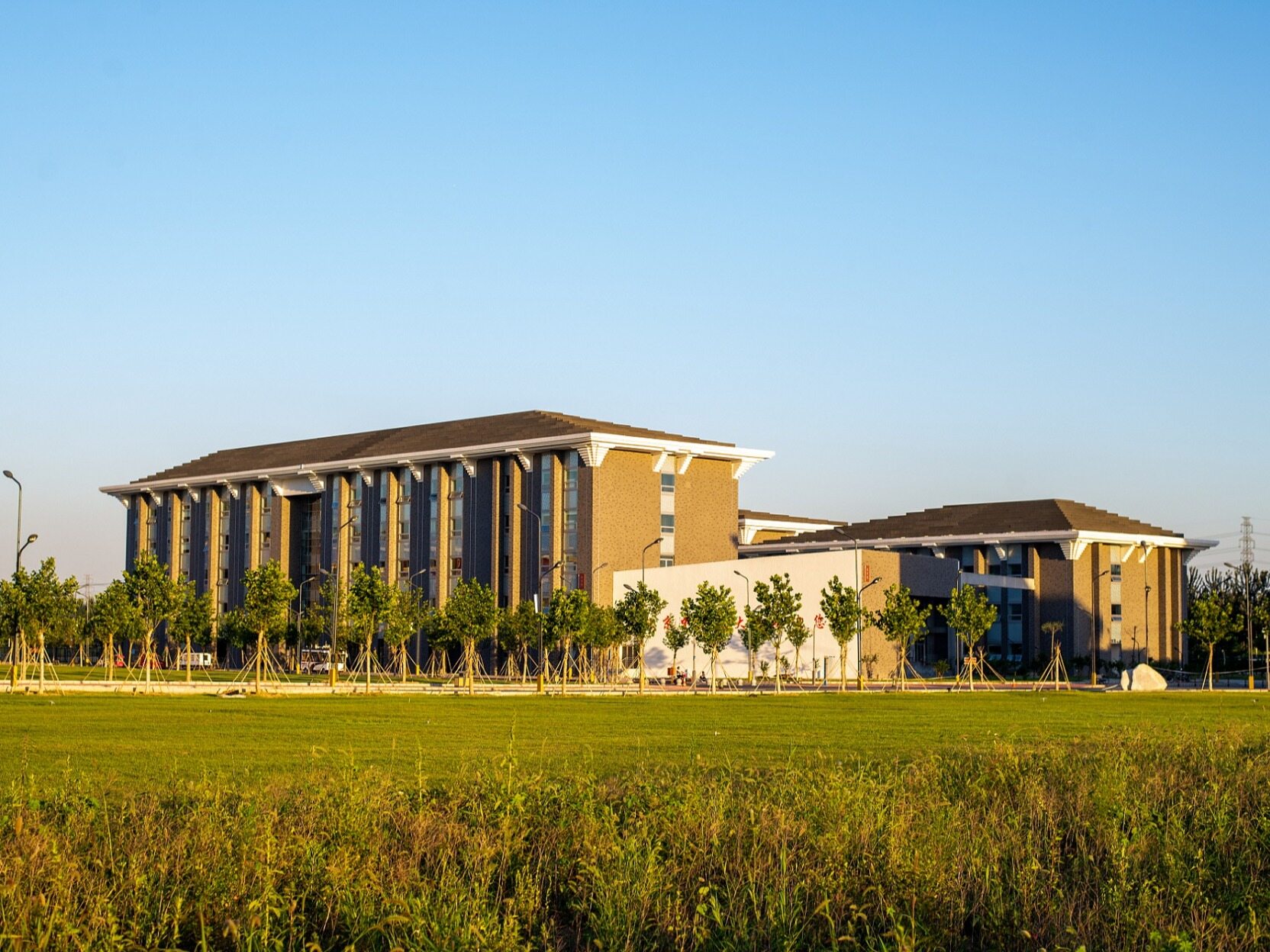







Write something~